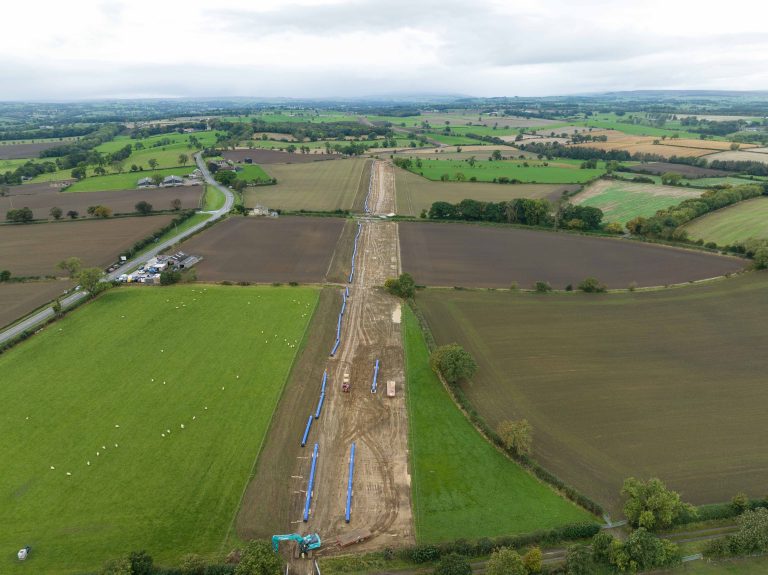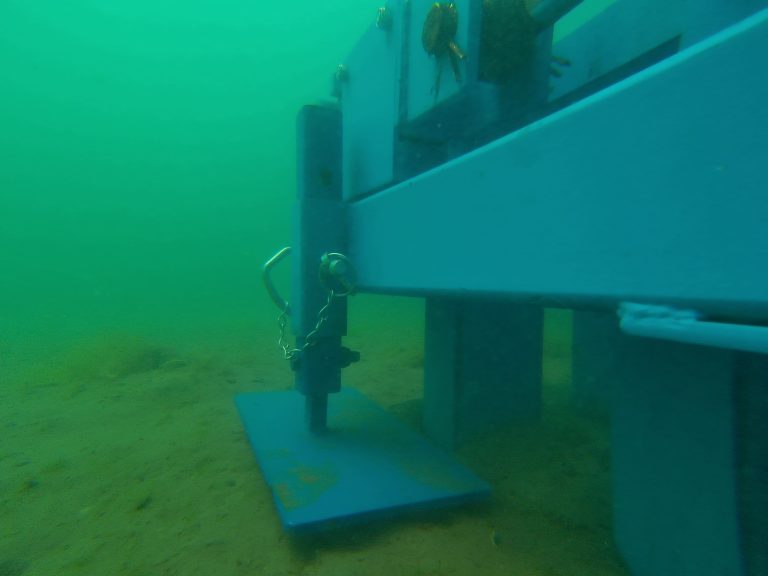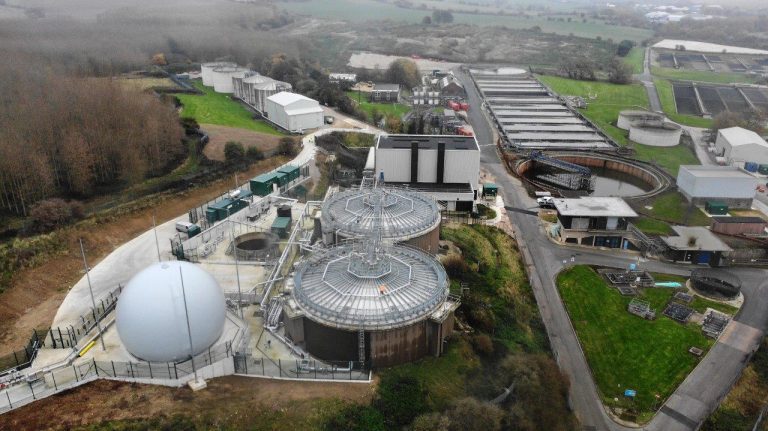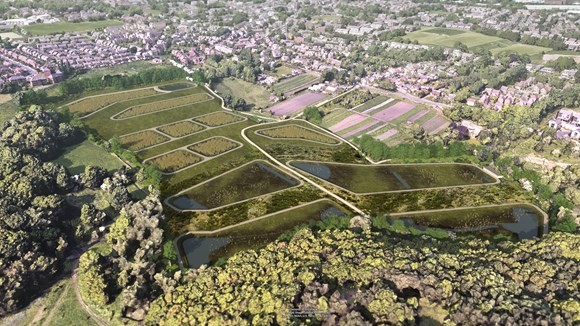Earth Change, a division of the Land & Water Group, alongside Project Seagrass and Swansea University Unveil Groundbreaking Automated Seagrass Planter, Revolutionising Large-Scale Seagrass Planting Land & Water, a leading environmental engineering company, and Project Seagrass, a renowned marine conservation organisation, are proud to announce the successful design, construction, and testing of an innovative Automated Seagrass Planter (ASP) patent pending. This groundbreaking technology promises to revolutionise the large-scale planting of seagrass, offering new hope for the restoration and preservation of these vital coastal ecosystems. “We are now convinced we can substantially scale up seagrass glade restoration using the automated planter, taking conventional planting (done with divers on an individual seedling basis) to sea-scape scale planting at 1000’s of plants per day” says James Maclean, CEO of Land & Water. Seagrass meadows play a crucial role in maintaining healthy marine environments, fostering biodiversity, and mitigating climate change by capturing carbon dioxide from the atmosphere. Globally, seagrass has the capability to capture carbon faster than tropical rainforests, accounting for 10 to 18% of total ocean carbon storage, despite covering less than 0.1% of the seafloor [source: Duarte et al., 2005b; Kennedy et al., 2010]. However, due to various human activities and natural disturbances, seagrass habitats have been rapidly declining worldwide. In the UK alone seagrass depletion since 1936 EXCEEDS 30% of the areas of previous colonisation. Recognizing the urgency to restore these critical ecosystems, Land & Water partnered with Project Seagrass and Swansea University to develop a cutting-edge solution. The Automated Seagrass Planter developed by this dynamic collaboration represents a significant breakthrough in seagrass restoration efforts, aligning the use of biodegradable seedpods/hessian sacks developed by Project Seagrass with the installation innovation from Land & Water. This innovative device streamlines and automates the process of seagrass planting, making large-scale restoration projects more efficient and achievable than ever before. Key features and benefits of the Automated Seagrass Planter include: The successful testing of the Automated Seagrass Planter has yielded promising planting results, demonstrating its effectiveness in enhancing seagrass restoration efforts. By enabling the rapid planting of seagrass at scale, this technology has the potential to rejuvenate degraded habitats, enhance coastal resilience, promote marine biodiversity, and provide substantial new habitats for carbon sequestration. Trial planting regimes will be subject to ongoing monitoring by Project Seagrass to validate the effectiveness of the new planting regime. “We are excited by the planting results, and we must now see how this method of planting works in Dale” says Richard Unsworth, Associate Professor Swansea University. Earth Change and Project Seagrass are committed to collaborating with governments, environmental agencies, research institutions, and coastal communities to deploy the Automated Seagrass Planter in large-scale restoration initiatives worldwide. Through these partnerships, they aim to create a positive and lasting impact on the health and sustainability of our marine ecosystems. About Land & Water Land & Water Group is an environmental engineering company specializing in waterway maintenance, dredging, and ecological restoration. With a deep commitment to sustainability, Land & Water provides innovative solutions for preserving and enhancing natural habitats and promoting environmental stewardship. About Project Seagrass Project Seagrass is a leading marine conservation organization dedicated to the conservation and restoration of seagrass ecosystems. Through community, research and action, Project Seagrass strives to raise awareness about the importance of seagrass and work towards its protection for future generations. Building, Design & Construction Magazine | The Choice of Industry Professionals














